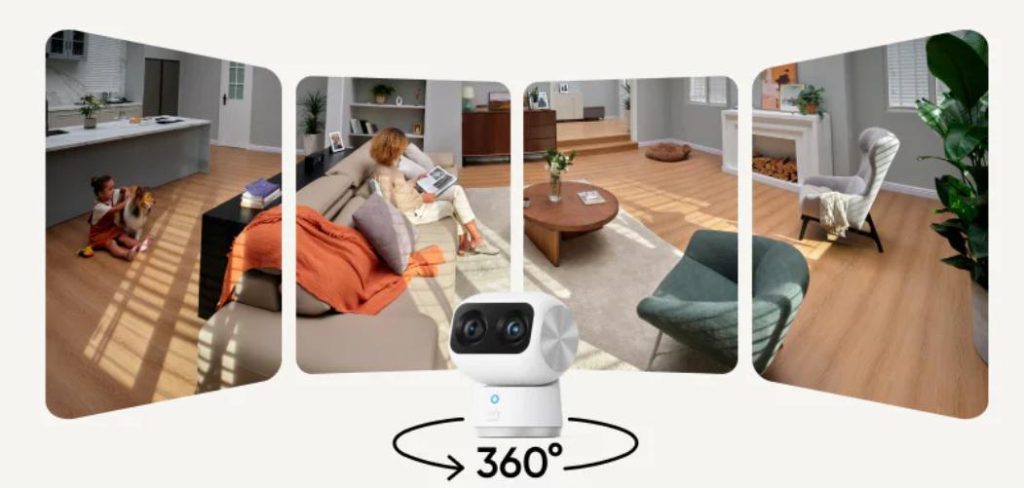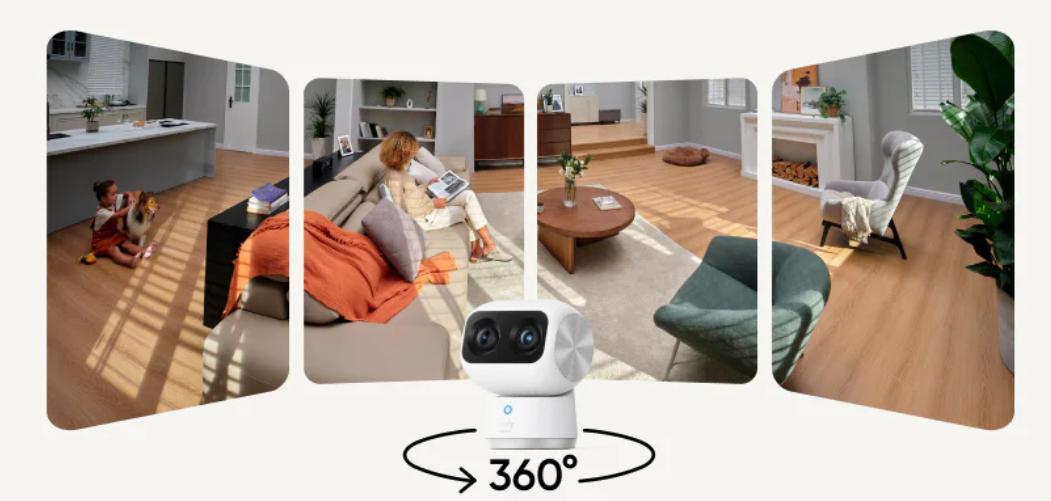Wireless indoor cameras are revolutionizing home security, providing easy setup and seamless smart home integration. Whether you’re a renter, pet owner, or tech-savvy individual, these devices offer innovative ways to monitor and protect your space. With just a Wi-Fi connection and a smartphone, you can keep an eye on your home from anywhere. However, it’s essential to understand their advantages and key features to determine if they fit your security needs. This blog delves into the pros, vital features, and ideal users of wireless indoor cameras, guiding you to make an informed decision.
Pros of Wireless Indoor Cameras
Ease of Installation and Placement
Installing wireless indoor cameras requires no drilling or elaborate setup, making them a favorite among DIY enthusiasts. Most models arrive pre-configured, requiring just a few simple steps. This convenience allows users to start monitoring their homes in minutes. You can place these cameras nearly anywhere with ease—on a shelf, mount them to a wall, or hide discreetly among your room decor. The absence of wires means no unsightly cords and less clutter. With their user-friendly design, even those without technical expertise can handle installation, providing an immediate sense of security and convenience.
Mobility and Flexibility
One of the appealing features of wireless indoor cameras is their unmatched mobility. Because they aren’t tethered by wires, you can move and reposition them as needed without fuss. If you relocate, these cameras move with you, making them ideal for temporary living situations. Additionally, many models offer battery-powered options, improving placement flexibility as no power outlet is needed. This feature serves well in multi-level homes or unique architectures, ensuring every corner is under surveillance. Users benefit from customizing camera locations without being restricted by wiring constraints and infrastructure.
Smart Home Integration and Remote Access
Wireless indoor cameras seamlessly integrate with other smart home devices, enhancing your home’s automation capabilities. Many models are compatible with systems from Google Home, Amazon Alexa, and Apple HomeKit. This integration allows users to control and view their cameras through voice commands or centralized apps. Remote access means you can monitor your living space anytime, anywhere—whether at work or on vacation. Alerts and notifications sent directly to your phone ensure you stay informed of any unusual activity, offering peace of mind through real-time monitoring and interaction.
Key Features That Matter
Video Quality and Field of View
When choosing a wireless indoor camera, prioritize video quality. High-definition, typically 1080p, ensures you capture clear, detailed footage. A wide field of view, generally around 120 to 160 degrees, allows broader coverage without blind spots. This combination ensures comprehensive surveillance, crucial for identifying intruders or monitoring pets. Consider cameras with zoom capabilities or pan and tilt functions for improved reach. These features enhance your perspective, providing a more thorough snapshot of your indoor environment, which is vital for a reliable surveillance setup.

Motion Detection and AI Tracking
Advanced wireless cameras boast motion detection, sending alerts when unusual movement occurs. AI tracking elevates this by distinguishing between people, pets, and other objects, reducing false alarms. Smart analytics can identify specific activities or behaviors, such as a stranger entering the home or a pet’s routine activities. These intelligent technologies enhance security with precise monitoring. Selecting a camera with customizable sensitivity ensures alerts match your needs. This tracking capability minimizes unwanted alerts, allowing you to focus on genuine security concerns, enhancing overall safety.
Two-Way Audio and Night Vision
Two-way audio adds an interactive layer to security, allowing you to communicate through your camera. It’s beneficial for checking in with children, talking to pets, or addressing visitors at your door. Night vision is crucial for effective 24/7 surveillance, ensuring clear visibility even in complete darkness. Cameras with infrared LEDs deliver detailed, monochromatic footage at night, maintaining security around the clock. Together, these features enhance day-to-day interactions and ensure continuous monitoring, bolstering safety and providing peace of mind even after dark.
Who Should Choose a Wireless Indoor Camera?
Renters or DIY Installers
Renters often face restrictions on permanent installations, making wireless cameras an excellent choice. These devices require no drilling, preserving walls and decor, ideal for rental agreements. DIY enthusiasts appreciate the quick setup and minimal tools needed. With portability, renters can easily move cameras from one property to another. The simplicity of installation and take-down eliminates headaches, empowering renters to prioritize safety without compromising personal or property integrity. This flexibility ensures renters can maintain a secure environment tailored to their needs.
Pet Owners or Parents
For pet owners, wireless cameras provide a way to check on animals during the day. You can ensure their well-being, monitor behavior, and prevent accidents. Parents can also find peace of mind by using these cameras to supervise children from another room, enhancing home safety. Features like two-way audio facilitate interaction, allowing you to soothe pets or communicate with children remotely. By providing visibility into daily activities, these cameras help manage household dynamics, ensuring both human and animal family members remain safe and accounted for.
Smart-Home Users Wanting App-Based Control
Tech-savvy users who appreciate the convenience of app-based control will find wireless indoor cameras suitable. These devices integrate smoothly into existing smart home ecosystems, allowing users to control, monitor, and receive updates through a dedicated smartphone app. Customization options enhance user experience, from setting specific alerts to remote viewing. This accessibility ensures a user-friendly and efficient way of maintaining surveillance, staying informed, and connected regardless of location. Integrating wireless cameras into a smart ecosystem simplifies home management with best-in-class surveillance tools.
Conclusion
Wireless indoor cameras are a versatile and practical choice for those seeking enhanced home security. They offer an array of benefits, including easy installation, mobility, and smart home integration. Their key features, such as high-definition video, motion detection, and two-way audio, cater to various user needs, ensuring comprehensive monitoring capabilities. Whether you’re a renter, pet owner, or tech enthusiast, these cameras provide an adaptable solution for diverse lifestyles. By choosing the right camera and following security best practices, you can enrich your home’s safety and enjoy peace of mind, knowing your living space is well-protected.

